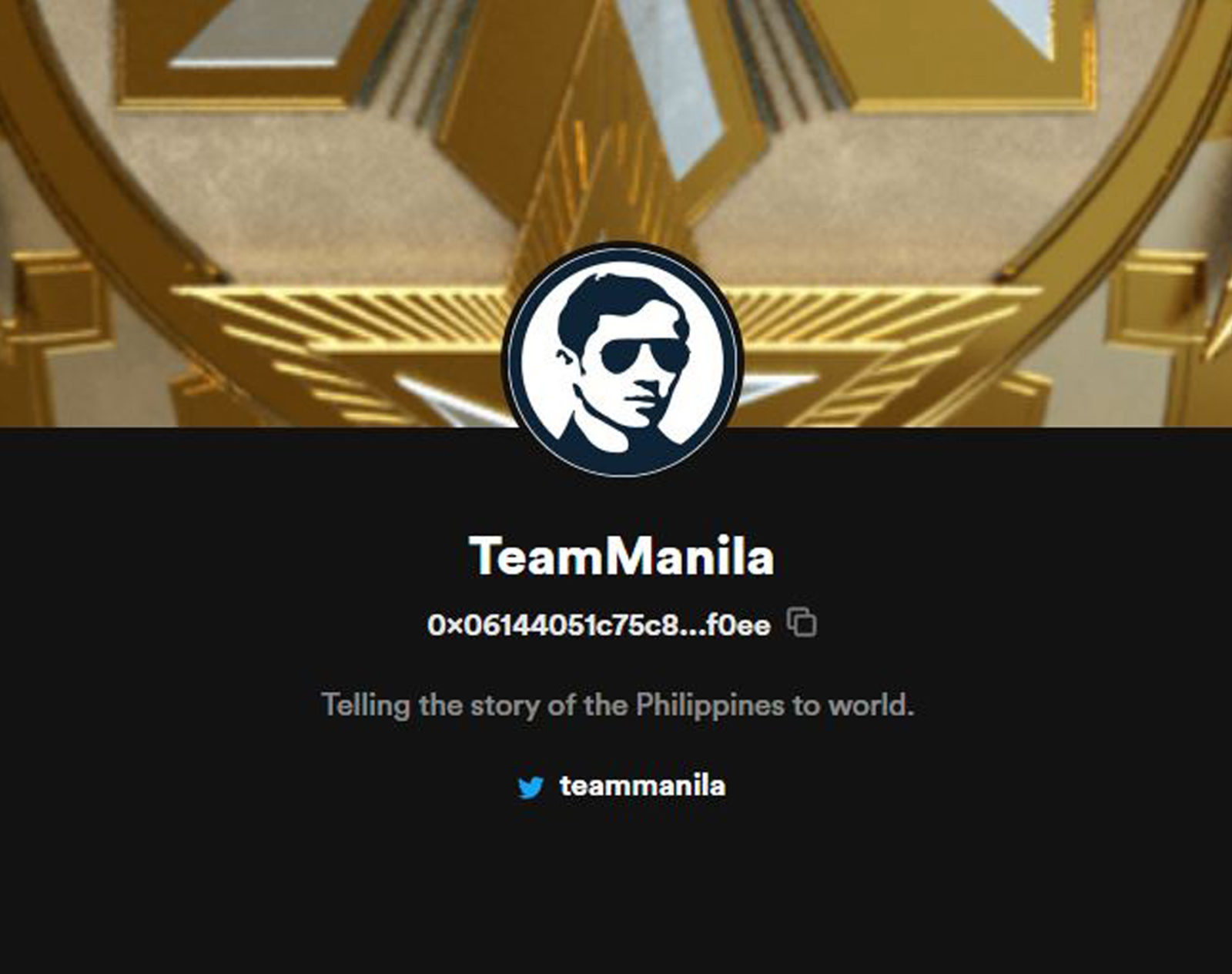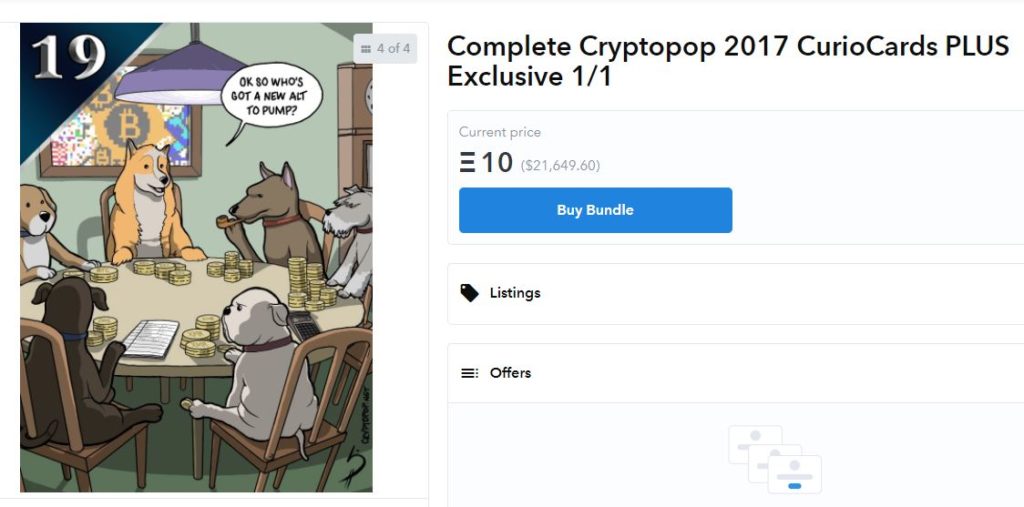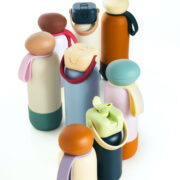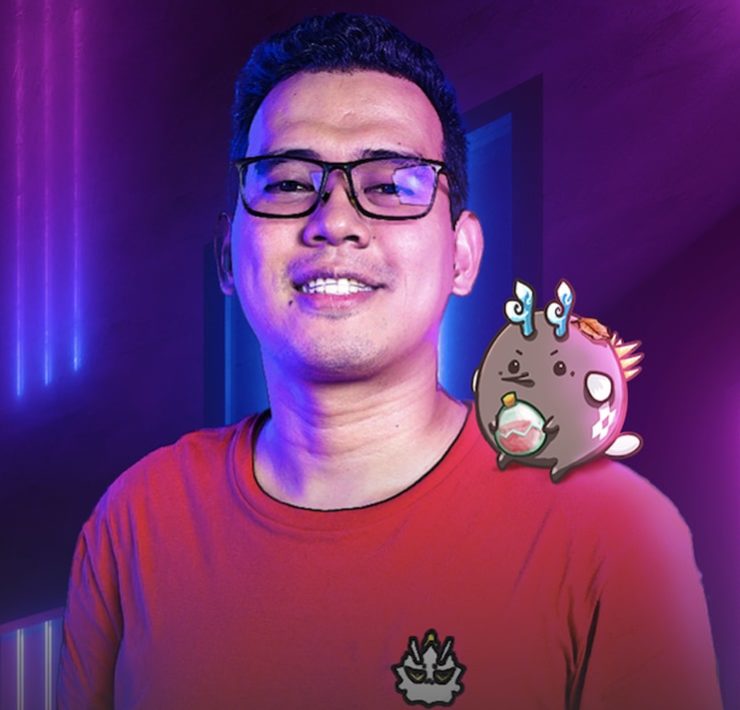Team Manila is releasing its first NFT collection

Believe the hype!
I have many visual artist friends who have considered the internet a double edged sword. For one, it makes it easier to show off their work to a global audience. But on the other hand, they risk losing ownership of their work because anyone can just “right click + save” their digital art and reproduce it freely.
For the longest time digital ownership was a conundrum—if it’s online, you can forget about ownership. But something peculiar happened in the past few months. You might have heard of the rise of NFT’s or NFT art pieces. The acronym NFT means “non fungible token” and if that sounds complicated, let me explain it in other means.
A “fungible” token is something that can be exchanged or switched and it won’t matter. If both of us have P1,000 and we switch, it won’t matter which bill we get. Now a “non-fungible” token refers to things that are unique. Your birth certificate is non-fungible. Your bank account is non-fungible. In the art scene, a NFT is a way to “mint” your art work so that no matter how many copies goes around the Internet, you can still trace everything back to the original creator. Which means that you can technically “own” a piece of digital art. It’s very similar to having the EXIF data on your camera to prove that the photo is an original, but in this case an NFT is a series of code stored in a digital ledger (or a blockchain for those familiar with cryptocurrencies).

No longer starving artists
The art world was recently taken by storm when digital artist Beeble sold a piece of NFT art for $69 million. In the Philippines, Luis Buenaventura recently sold 222 editions of one of his artworks for $1,999 each. Video game artist Shelly Soneja has also shared her experience with NFT art and how it helped her pay bills and donate to typhoon relief efforts. Digital artists now have a way to own their art work and sell them to patrons. The interesting thing is that whenever a piece of art is sold in the secondary or tertiary market, the original artist will always automatically get a commission from the sale. This is the huge benefit of NFT to the art community because its nature is to attribute ownership to the source.
NFT for the masses
I was talking to Jowee Alviar of Team Manila and he told me that there seems to be a barrier of entry for the mass market when it comes to buying and selling NFT art.
He says that you have three conditions that spell success.
First, you absolutely need to be a collector of art to catch wind of these things. Second, you need to be familiar with cryptocurrencies, specifically Ethereum (ETH) since this is where NFT is based. Buyers are usually early-game crypto rich in ETH. Lastly, if you are an artist, you need to have made a name for yourself online: for instance, people like Luis Buenaventura aka “Cryptopop!” have been successful documenting the rise and fall of crypto exchange rates, mostly Bitcoin, with pop culture mash-ups.
It’s quite interesting that Team Manila is also starting a NFT art collection, which you can check out at rarible.com/teammanila which is launching today at noon.
Because Team Manila is already a recognizable name in the local design and art scene, they want to venture into new grounds by telling the story of the Philippines to the world by minting several series of NFT art. Its first release is a Philippine Genesis Coin, which only has one iteration and will only be available for bidding. Its second release is a series of the Rizal Gold Coin, which will have 20 editions.
I asked him what he thinks of the current bubble bloating in NFT art pricing and Alviar says that crypto-rich collectors are not thinking in dollars. They’ve accumulated a lot of ETH through trading and mining so they’re looking at it as an apples-to-apples trade. He says, however, that Team Manila wants to make NFT art accessible to Filipinos so the Rizal Gold Coin won’t be priced high.
“I want to establish our sovereignty as a country and the minting is symbolic because there can only be one owner,” Alviar explains.
Text by: Jayvee Fernandez
This article first appeared in Manila Bulletin.













